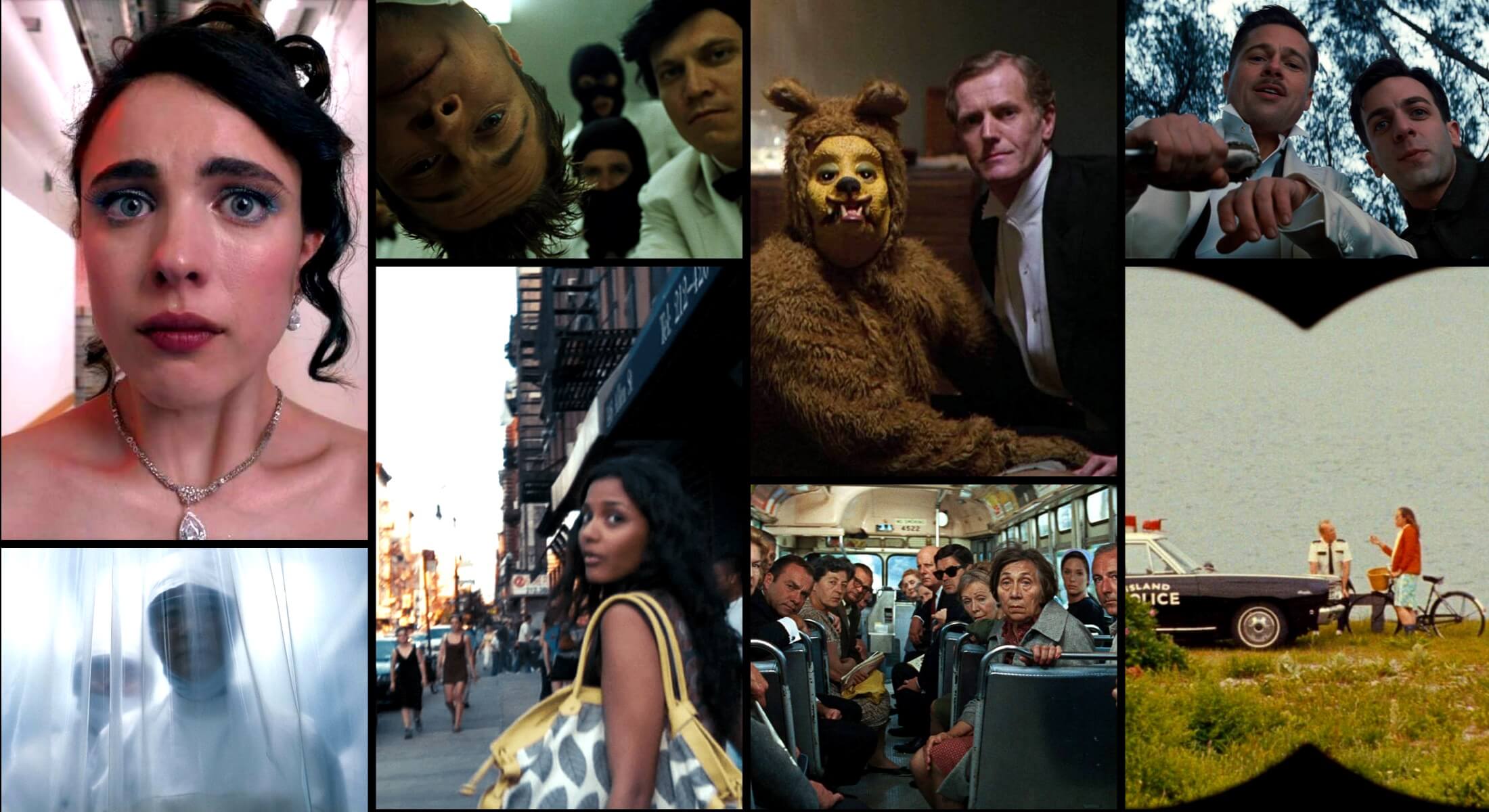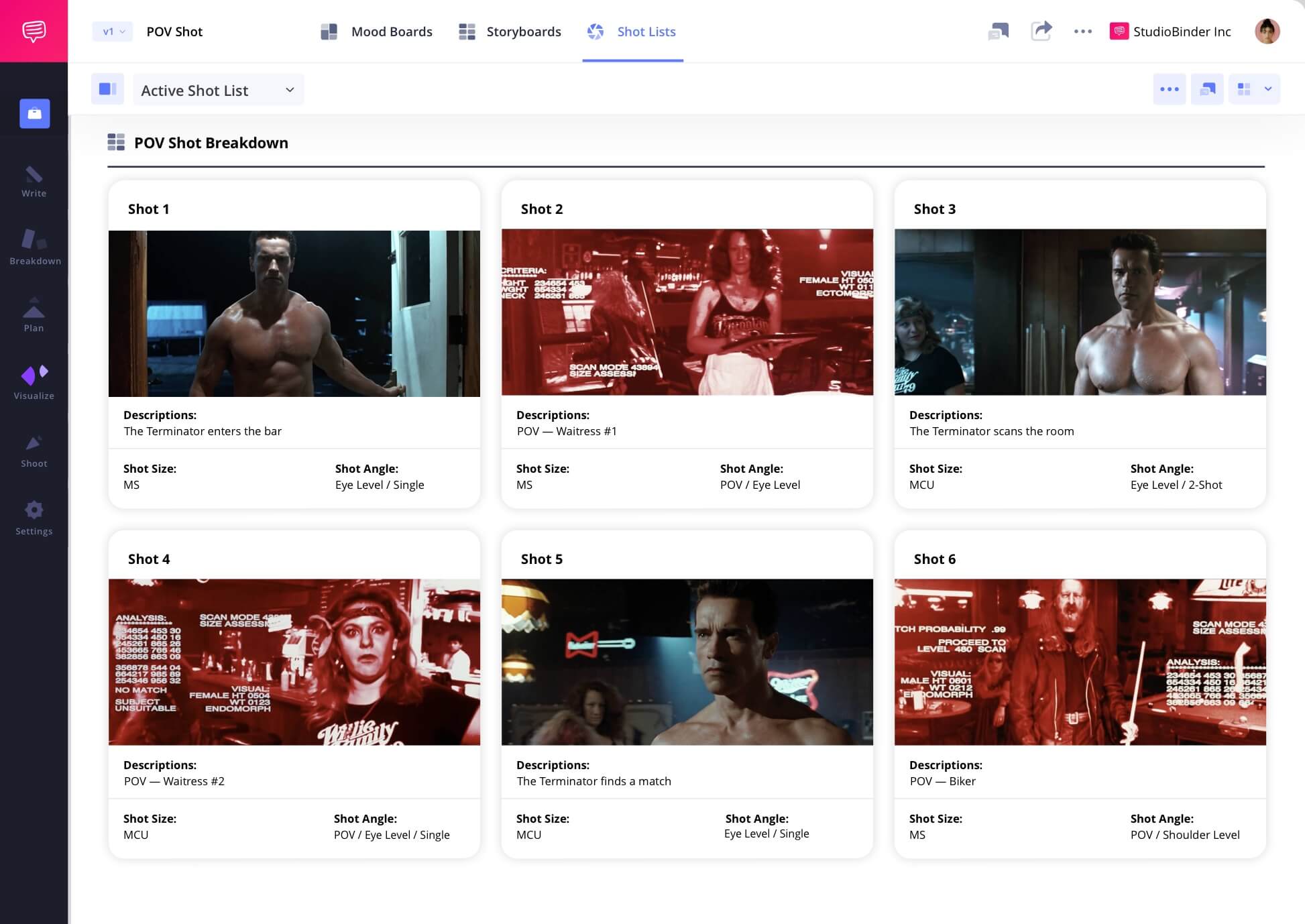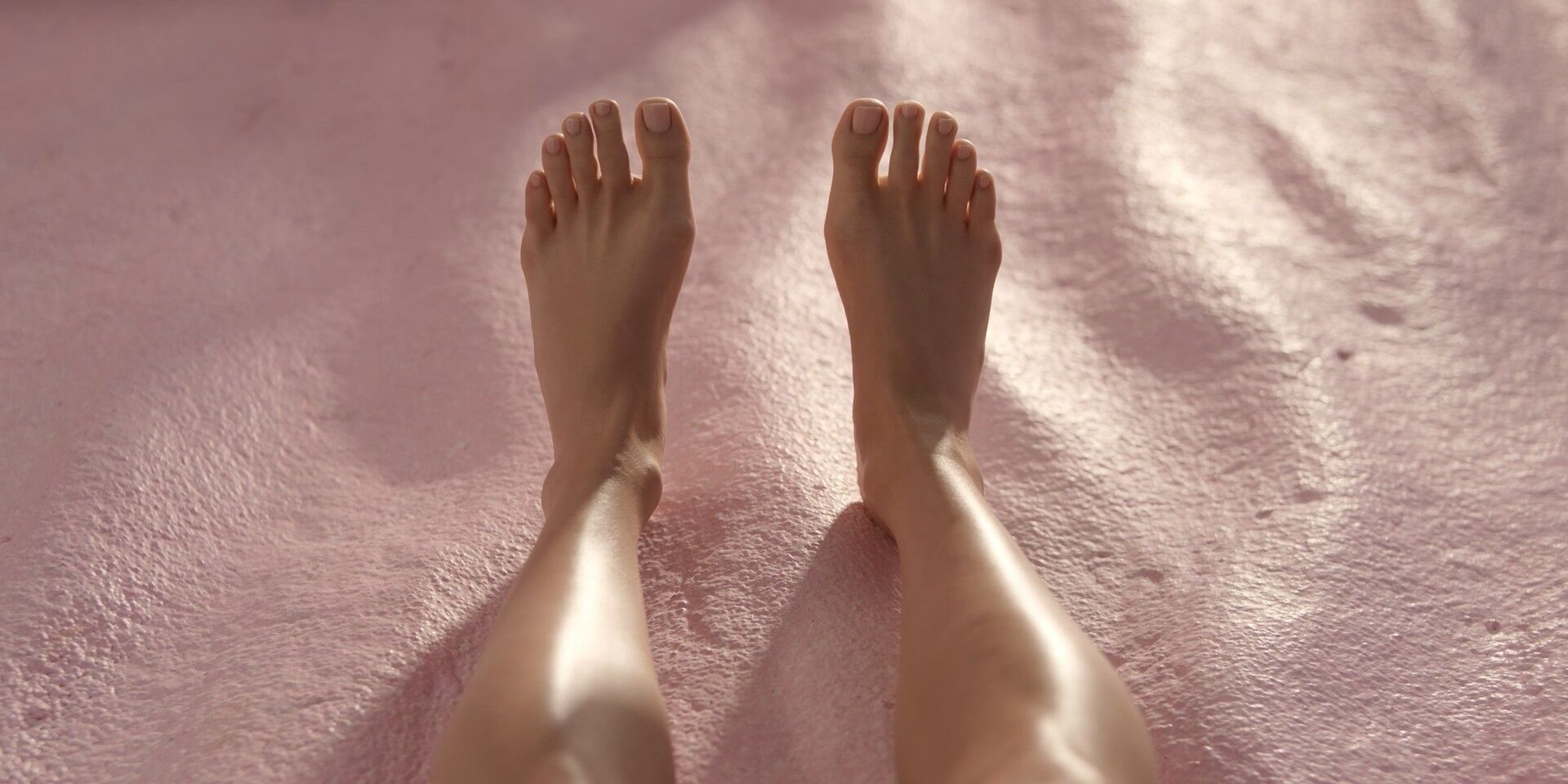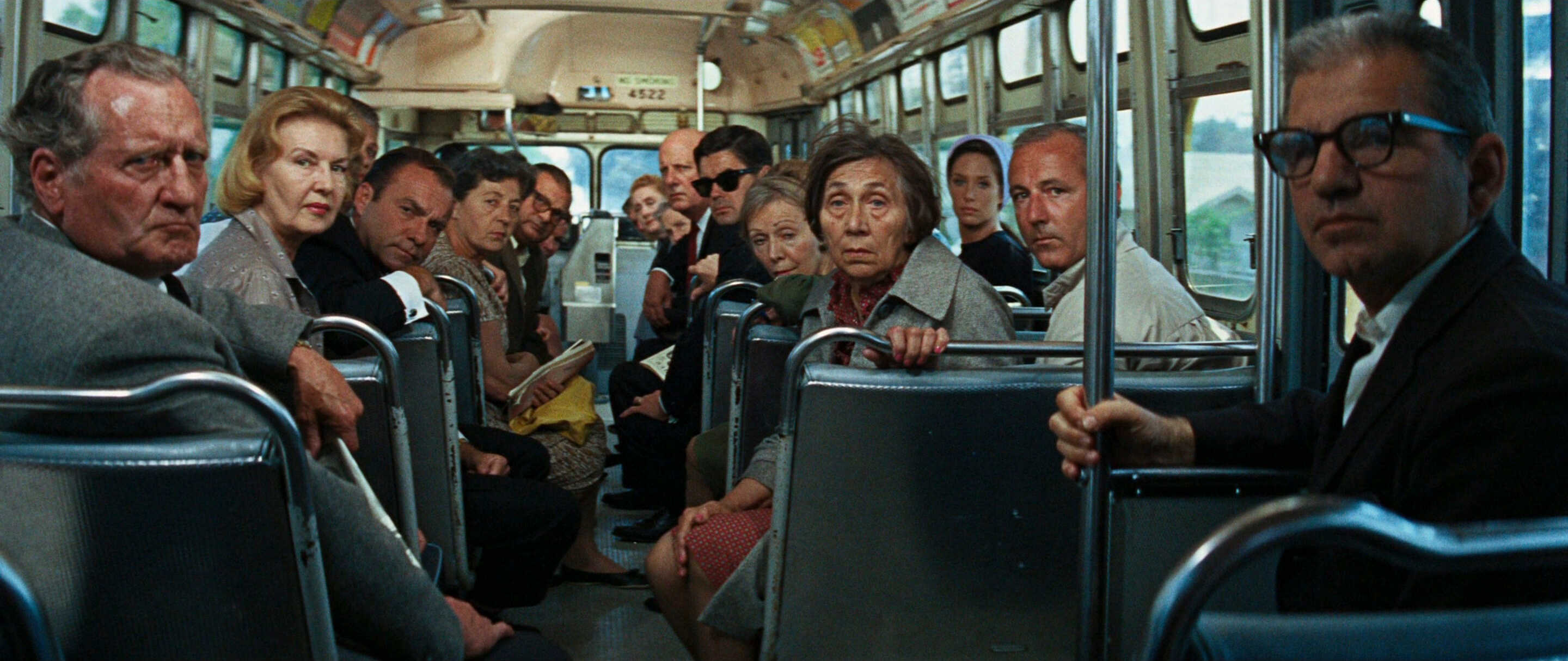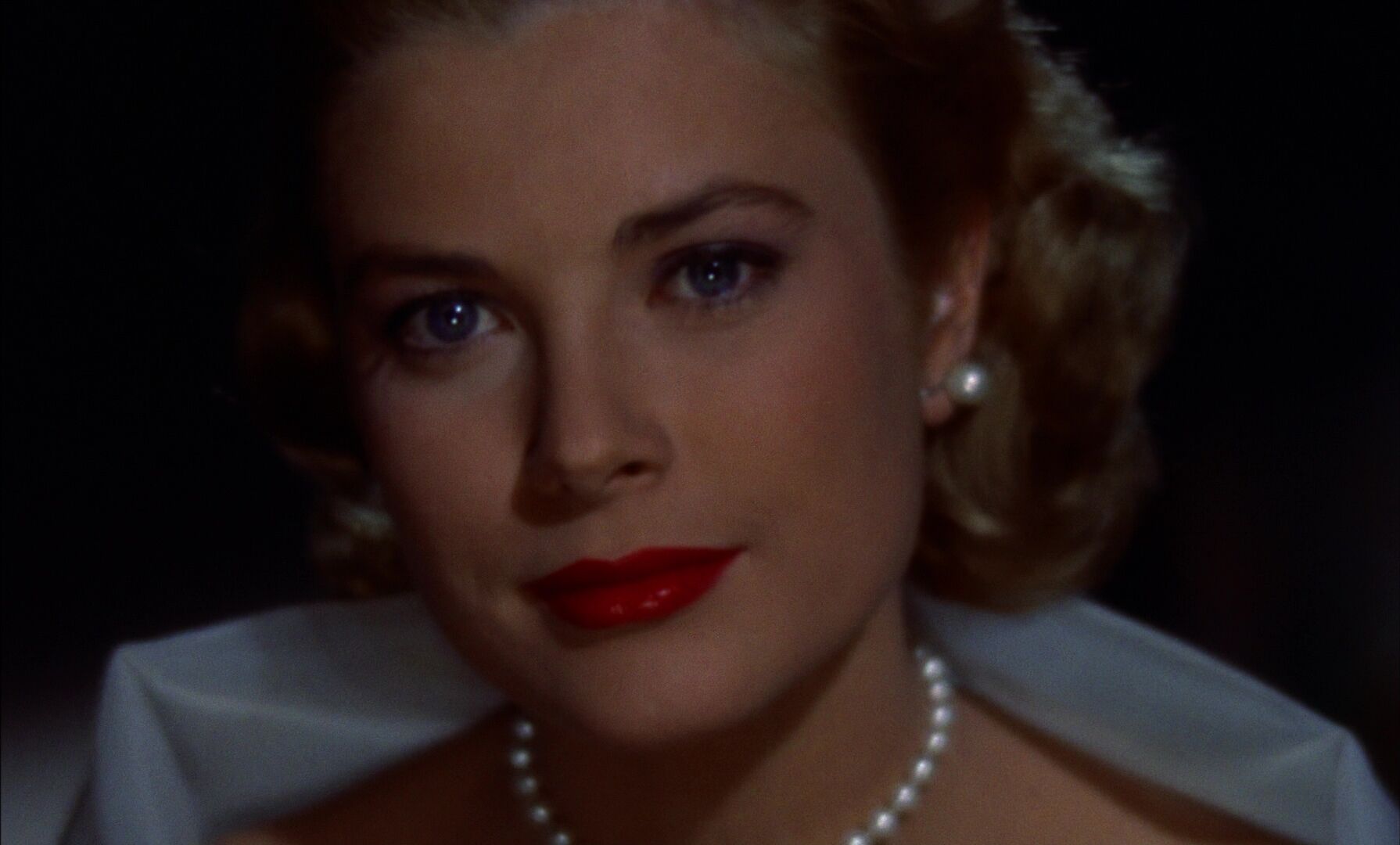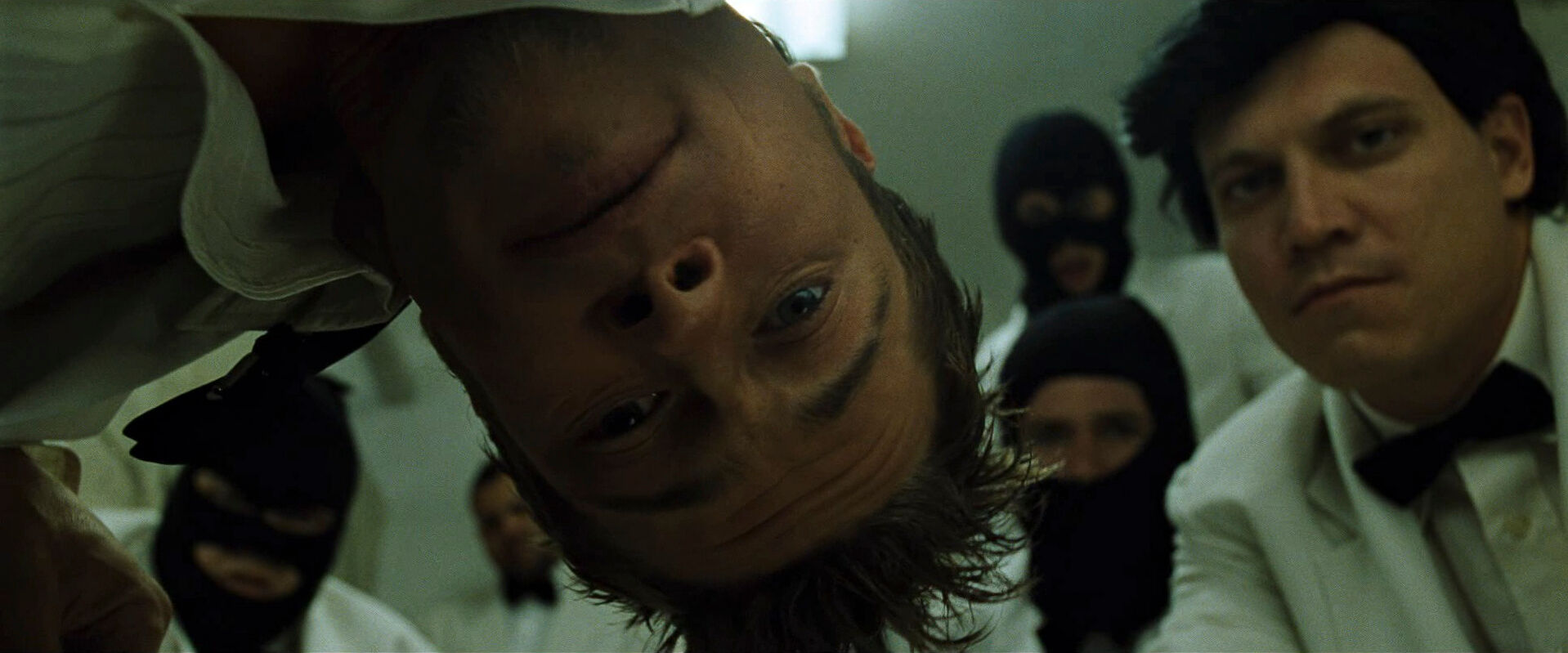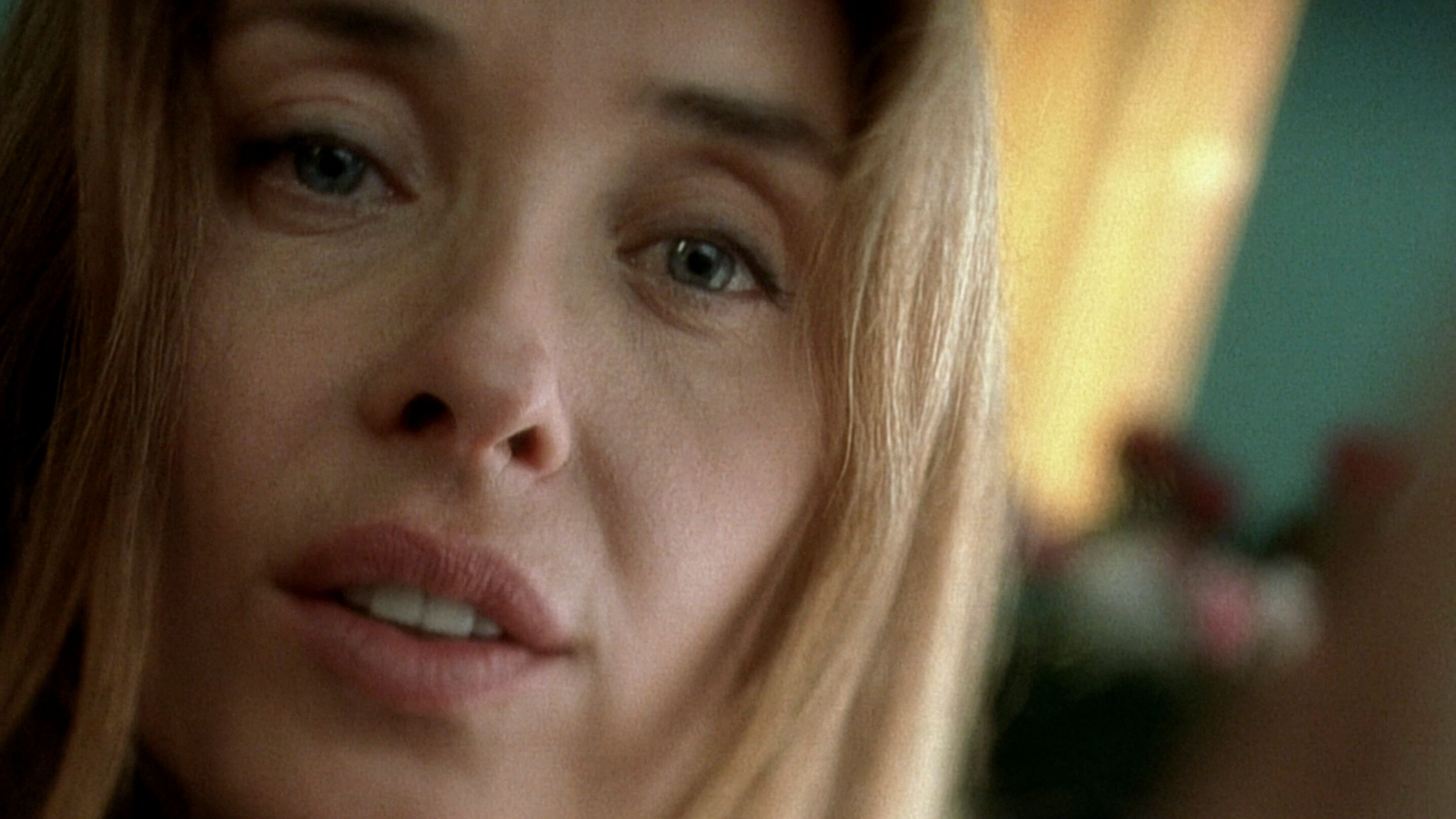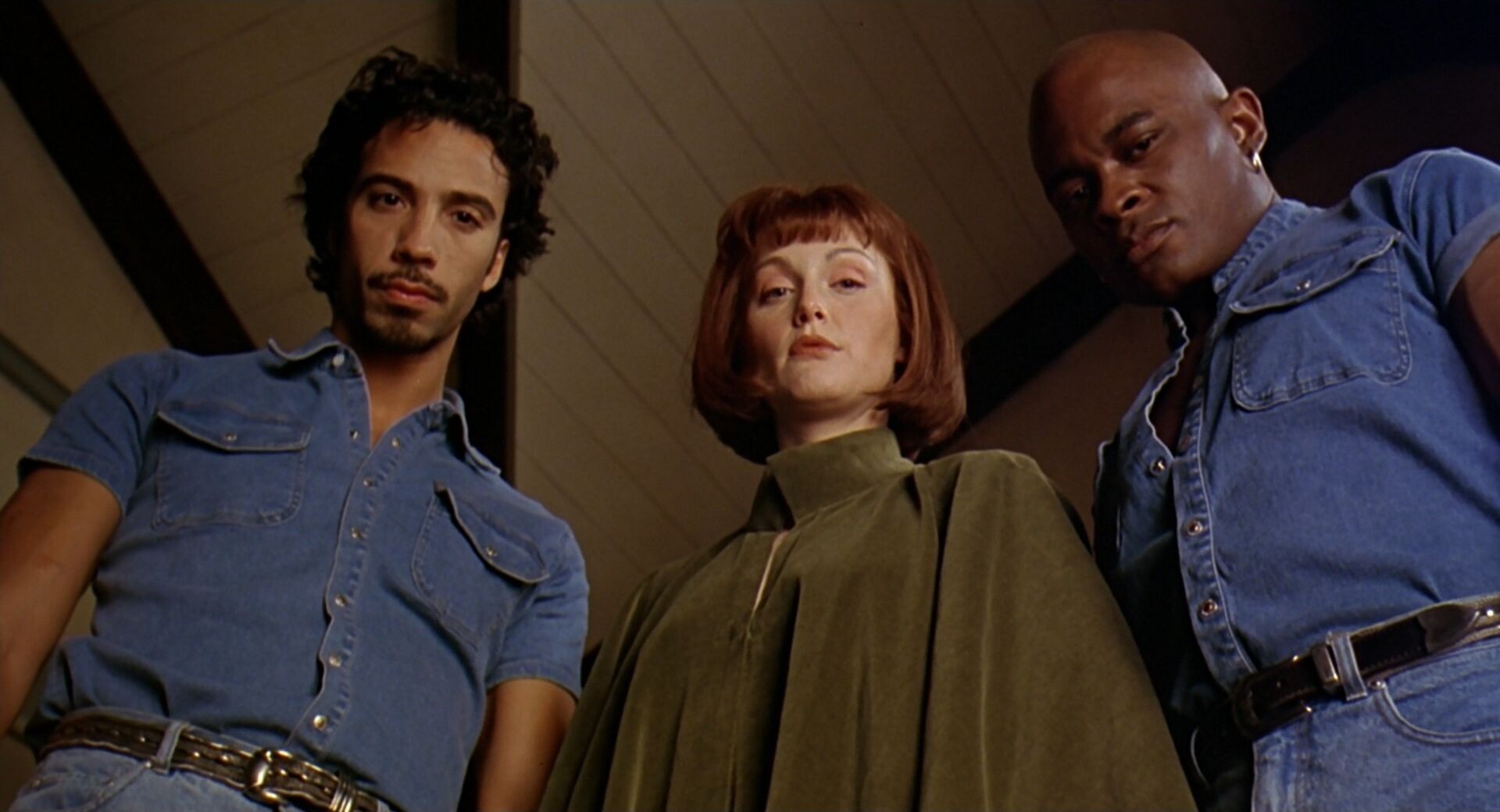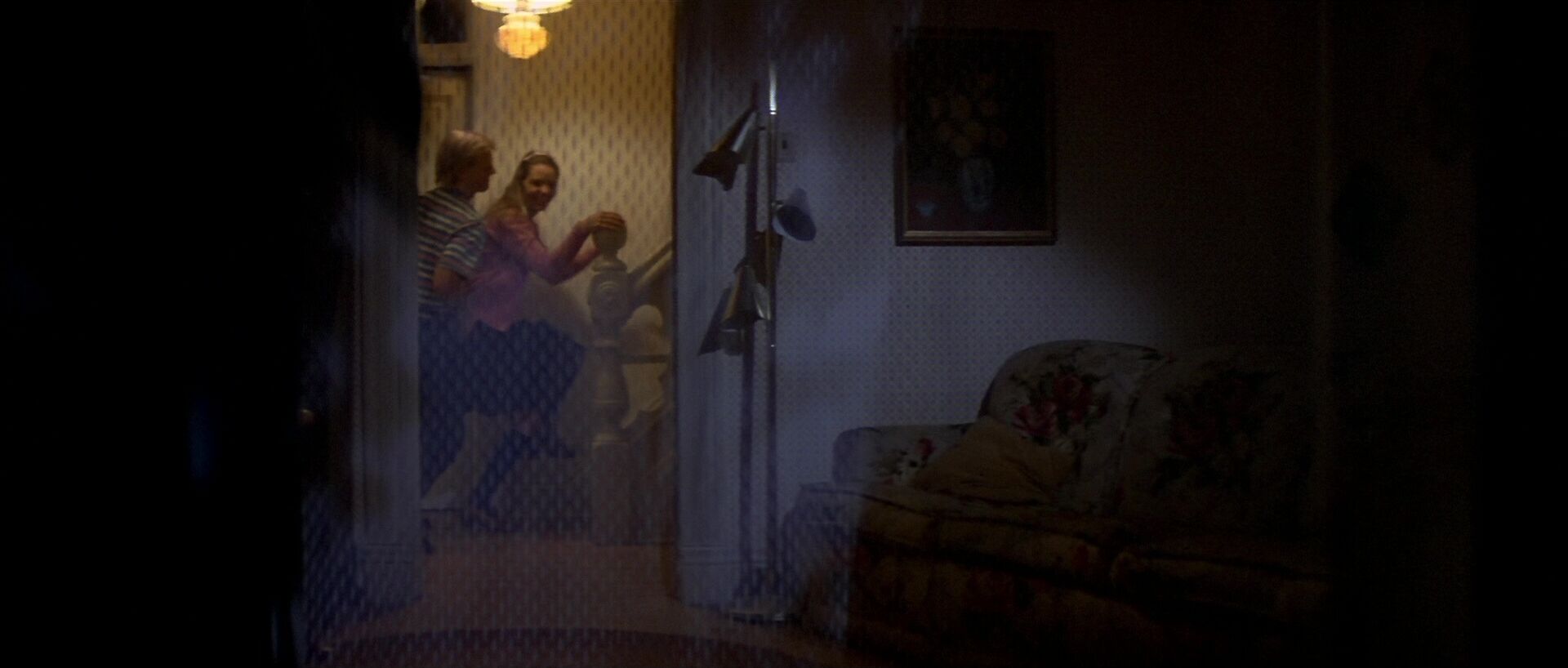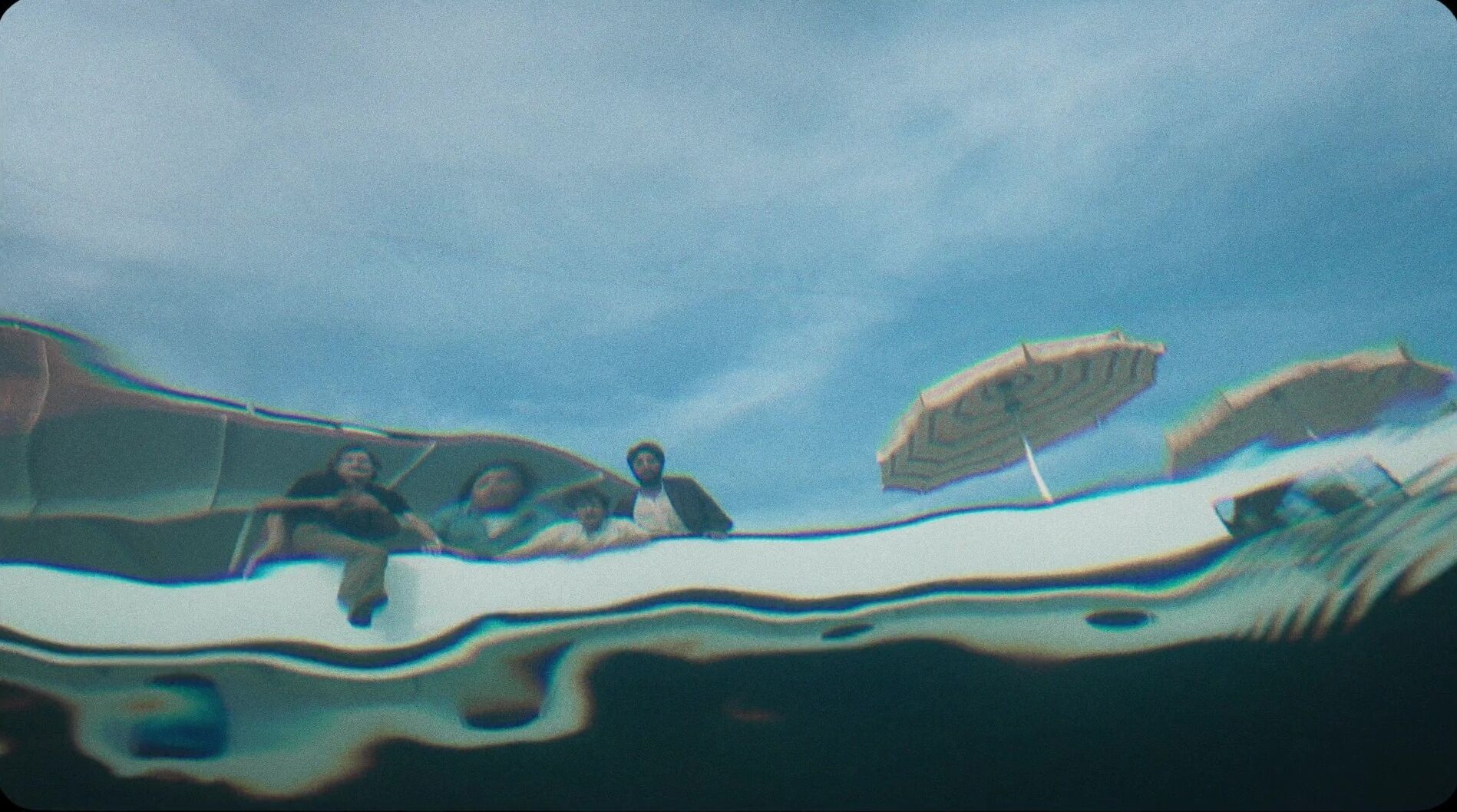POV shot definition
What is a POV shot?
A POV (point-of-view) shot places the camera where a character’s eyes would be, showing what they see. This creates an immersive, subjective perspective that draws the viewer into the character’s experience. Often used to build empathy with a character, it’s frequently paired with reaction shots to establish a psychological link between the viewer and the character.
For more, read our full breakdown of the POV shot, including examples that illustrate the various functions and benefits.
Point of view shot
POV shot examples
Before exploring how POV shots work within a story, it’s useful to look at them in action. This series of examples reveals the many ways a point-of-view shot can shape a scene’s emotional tone or narrative thrust.
Immerses us in a character’s perspective
Builds suspense or tension
Enhances connection
Creates unreliable narration
Uses
What does a point of view shot do?
POV shots can carry a visceral energy that draws the viewer into the heart of a scene. By showing the world through a character’s eyes, filmmakers can blur the line between observation and experience. Depending on how it’s used, a POV shot can anchor the audience in reality or destabilize it. Here are a few ways it functions in storytelling:
Empathy
Pairing a POV with a strong reaction shot helps forge identification between audience and character, and hopefully greater empathy and engagement.
Power Dynamics
Looking through one character’s eyes can assert dominance or vulnerability, depending on who holds the gaze and who is being looked at.
Obsession
Repeated POV shots can convey fixation, especially when a character is watching someone or something too closely, which is a staple in horror.
Disconnect
Using POV to show what the character sees, then cutting to their blank or delayed reaction, can underscore emotional detachment.
Differentiating the point of view shot
POV vs insert shot
A POV shot and an insert shot serve very different purposes even though both often focus on what a character sees.
A POV shot places the camera where the character’s eyes would be, showing the world from their perspective. It immerses the viewer in the character’s experience, whether to build empathy, tension, or something else entirely. It’s all about aligning the audience with the character’s viewpoint.
An insert shot, by contrast, is a close-up of a specific detail. It's used to draw attention to something important within the scene that might be missed in a wider shot. That said, insert shots are often shot from a character’s point of view. So most inserts are in fact POV shots, but not all POVs are inserts.
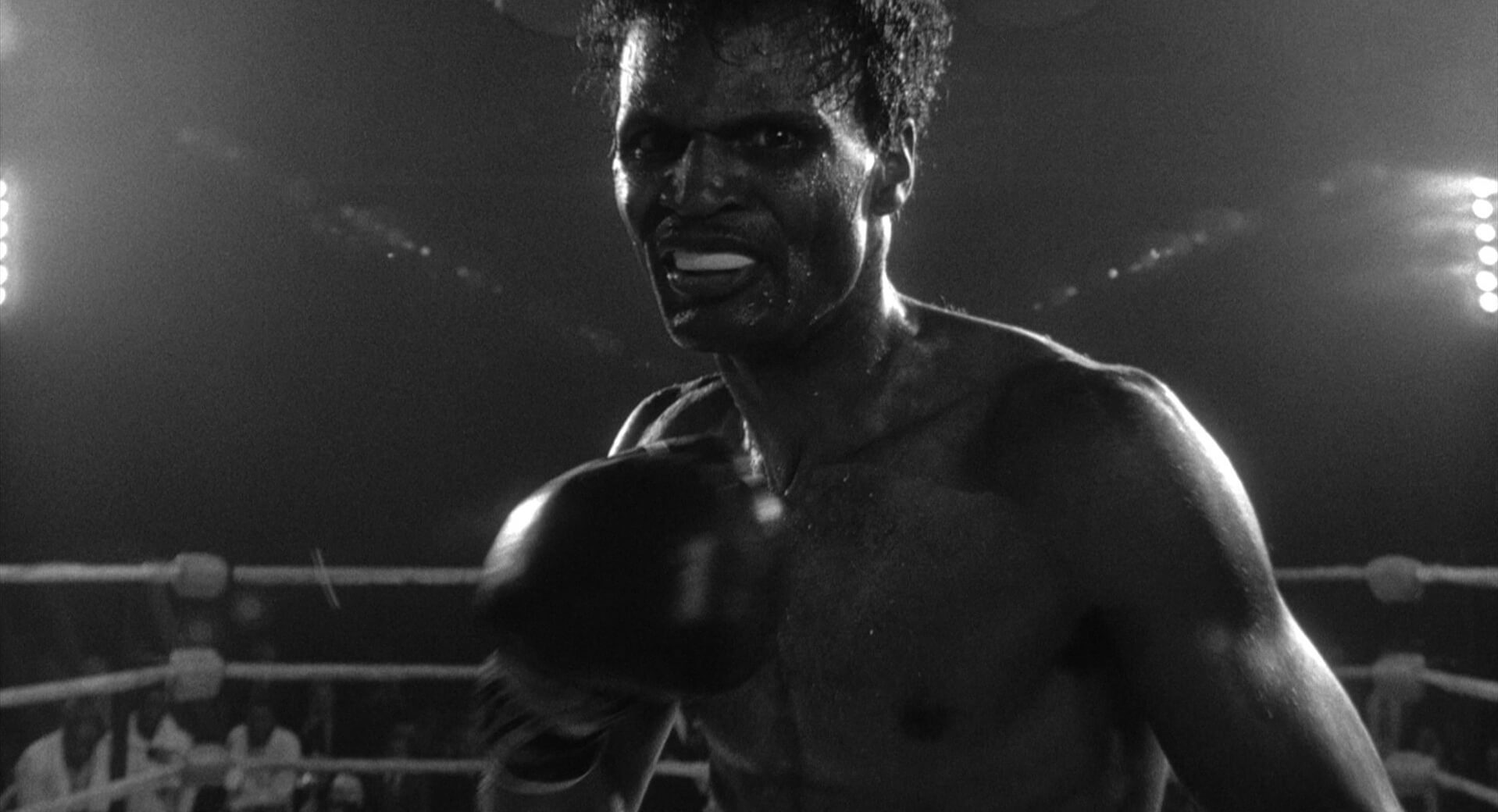
Case Study
Shot listing a POV shot
So, how do professional filmmakers use POV shots? Let’s take a look at the use of POV in Terminator 2: Judgment Day. Here, we see through the eyes of a machine as it scans the room looking for a match.
Click the shot list below to take a closer look at how James Cameron uses POVs to put us in the shoes of his characters.
The POV shot is more than just seeing through a character’s eyes: it’s a powerful way to pull the audience into their experience so that we feel it too.
Let’s look more closely at how this technique can shift perspective, build tension, and deepen emotional impact.
Visual combinations
How can you pair a POV shot with other camera techniques?
How to combine a point of view shot
A POV shot becomes even more effective when paired with other cinematic techniques that shape mood, rhythm, and perspective. Here are a few ways to elevate the impact of a POV shot through thoughtful combinations:
- Handheld Camera: Adds urgency or instability, especially in high-stress or chaotic moments.
- Sound Design: Muffled or heightened audio can reflect a character’s mental state from their perspective.
- Dolly Movement: A smooth dolly in or out can guide the viewer’s focus and create a sense of approaching or withdrawing emotion.
- Crane Shot: A crane movement combined with POV can offer a shifting perspective, revealing new spatial or emotional information.
- Dutch Tilt: Tilting the camera during a POV shot can signal disorientation or tension.
Frequently asked questions about the POV shot
POV stands for “point of view.” It refers to a shot that shows exactly what a character is seeing, putting the audience in their perspective.
There are a few considerations to make when shooting a POV shot:
- Position the camera at the character's eye level to exactly match their line of sight.
- Use a handheld or Steadicam setup to mimic natural head movements and complete the illusion.
- Frame the shot to include key visual details the character would notice and match the actor's performance and timing.
POV shots create immersion and emotional connection by letting viewers experience the story through a character’s eyes. They can build suspense, empathy, or highlight a character’s mental state.
There are many reasons to go POV:
To deepen audience engagement with a character’s experience
To reveal crucial information from the character’s perspective
To show subjective or altered states of mind
The opposite of a POV shot might be a third-person or objective shot. While a POV shot shows exactly what a character sees, an objective shot places the camera outside of any character's perspective.
